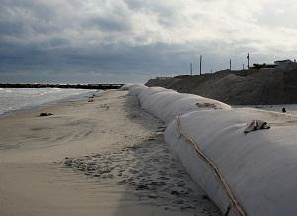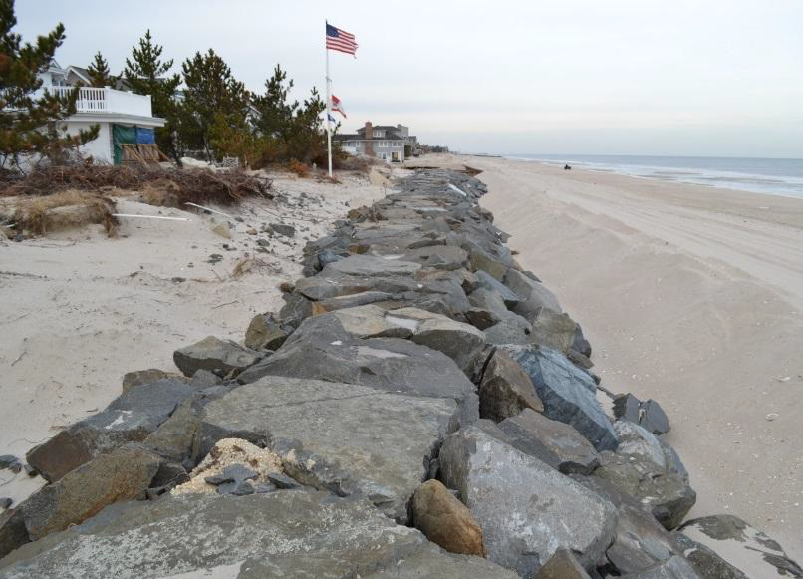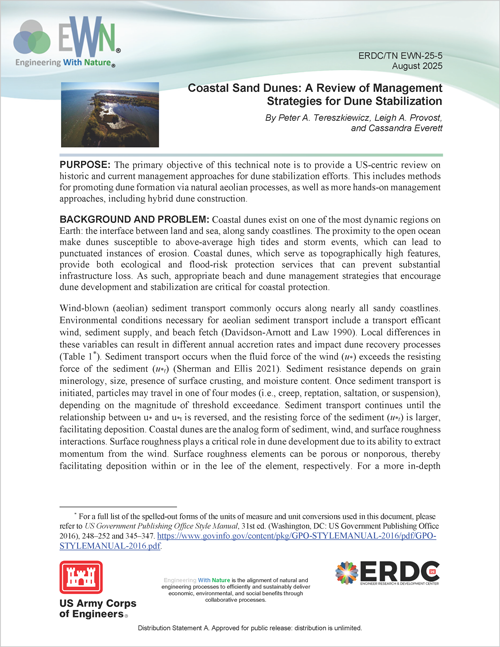This project evaluates the effectiveness of hybrid dune systems—combinations of natural and hardened materials—for enhancing coastal protection and barrier island resilience. Through physical and ecological experiments, combined with life-cycle economic modeling, the team will generate data to guide the design, planning, and performance assessment of hybrid dunes. The effort will establish a testable framework for evaluating natural infrastructure performance and inform future coastal engineering guidance.





